Nuselský most (Nusle Bridge) is a massive concrete construction that spans over the entire neighborhood and hovers an incredible 140 feet over the streets below. Today we share 66 tanks crossing the Nusle Valley.
First, let’s look across Nusle Valley several decades before the construction of the bridge…
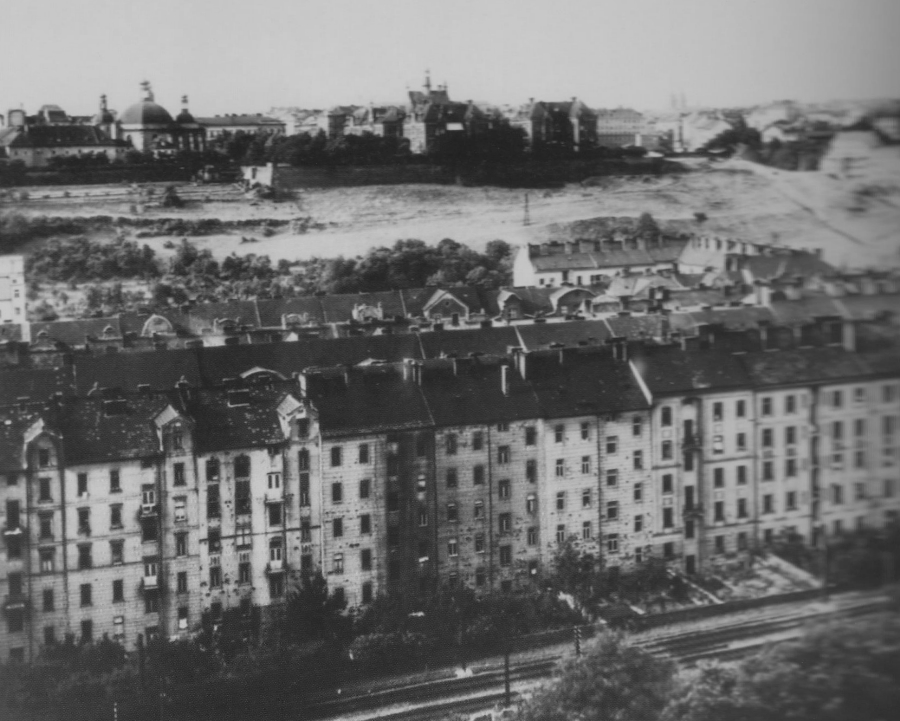
The photo above was taken in 1927.
Many proposals through the years were made to construct a bridge.
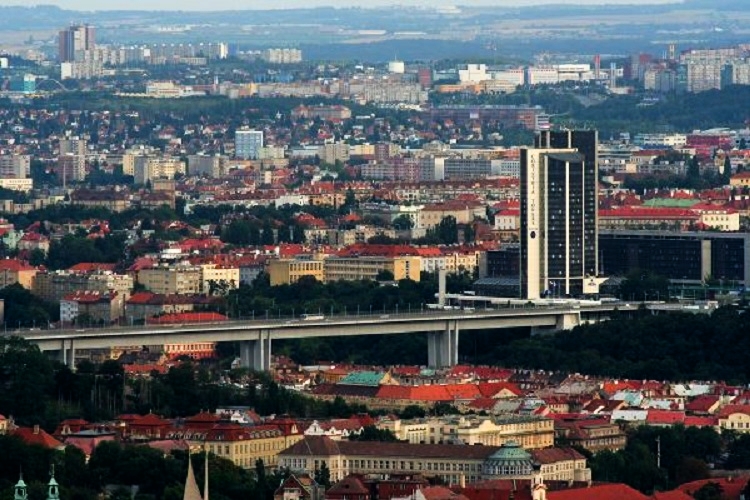
Today, the Nusle bridge is a 485-meter viaduct built of prestressed concrete which was built in the center of the Czech capital. That is over half a kilometer long.
Construction began in 1967 and the bridge was completed in 1973. It was designed by three architects Vojtech Michalek, Stanislav Hubicka, and Svatopluk Kobr. Their design, called for 20,000 cubic metres of the finest reinforced concrete.
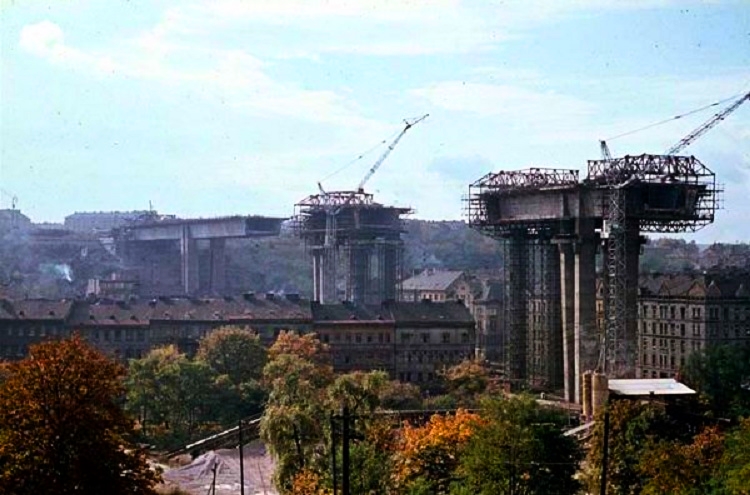
It’s known as Suicide Bridge because of the large number of people who have tragically ended their own lives by jumping the 42.5 meter height of the crossing.
Work on the bridge started in 1967 and ended February 22, 1973.
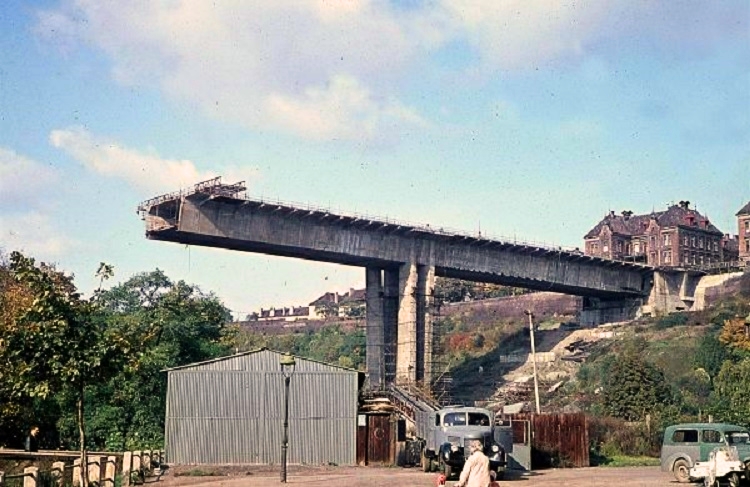
The bridge is part of the so-called routes north-south and extends over the Nuselská valley. The bridge connects the Pankrác and other southern districts of the city center.
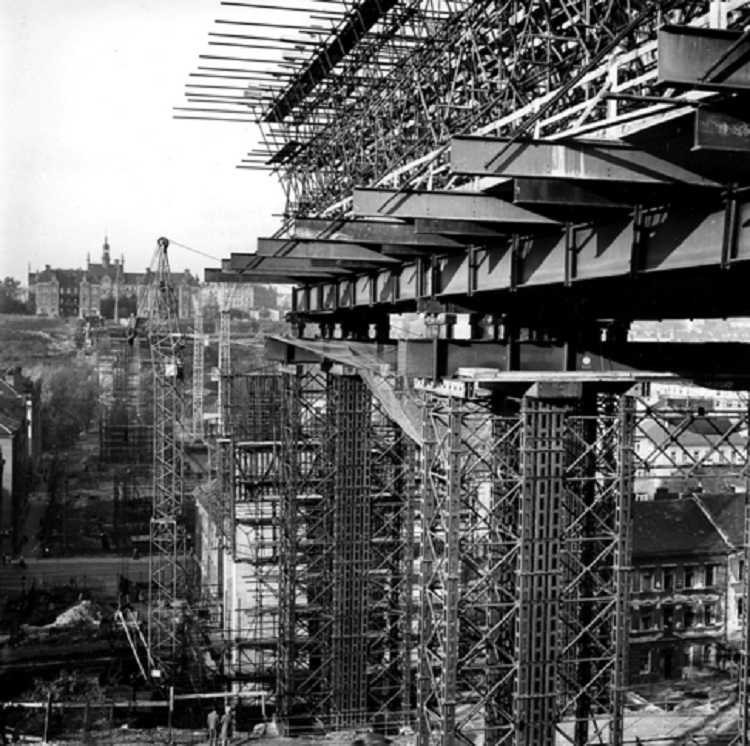
It is 485 meters long and 26.5 meters wide. It has a reinforced concrete frame structure and is held up by four pillars. The two fields have a bridge span of 68.5 meters and the third, 115.5 meters.
The hidden inner tube for the metro has a trapezoidal shape and a height of almost 6.5 m. with a wall thickness of from 30 to 110 cm. The bridge is one of the largest in the entire Czech Republic. In 2000 the building was declared the construction feat of the century.
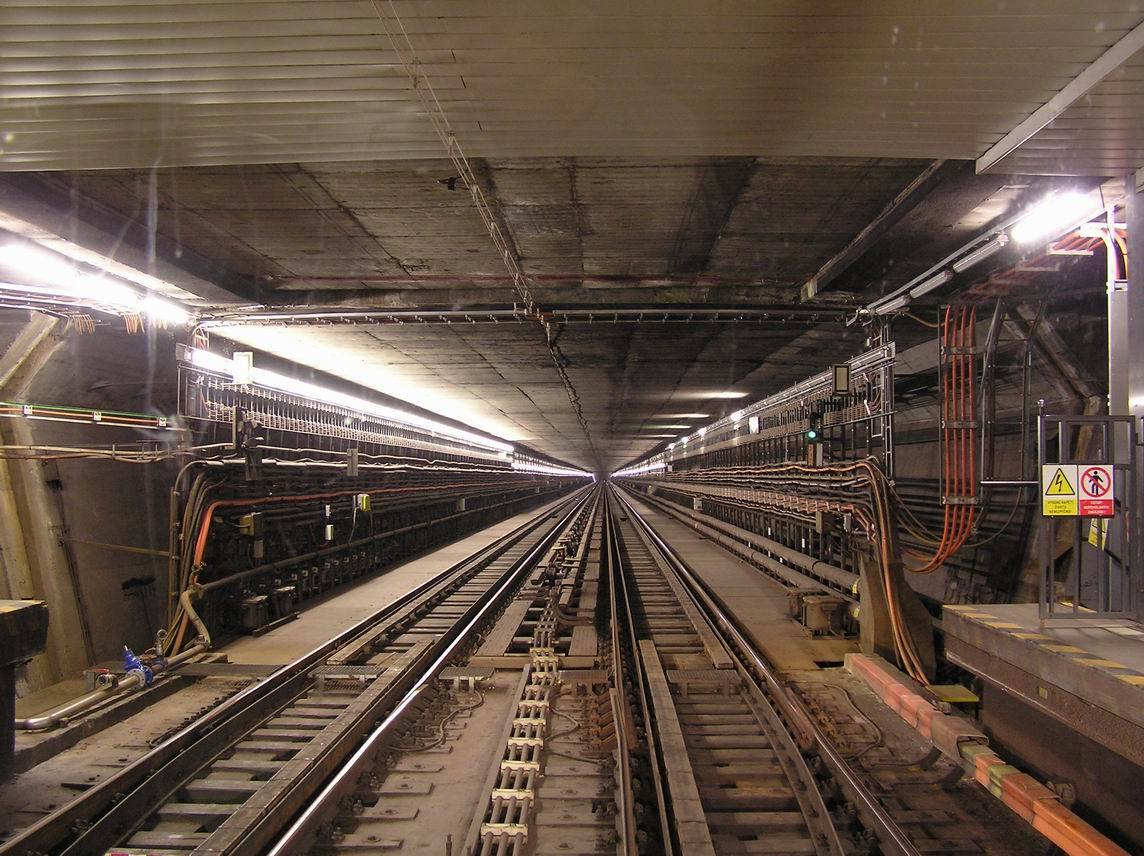
Source: InfoGlobe
Before the bridge was allowed into operation, a test was carried out on the endurance of the bridge.
During this test, 66 T-55 tanks were placed on the bridge.
Can you imagine?
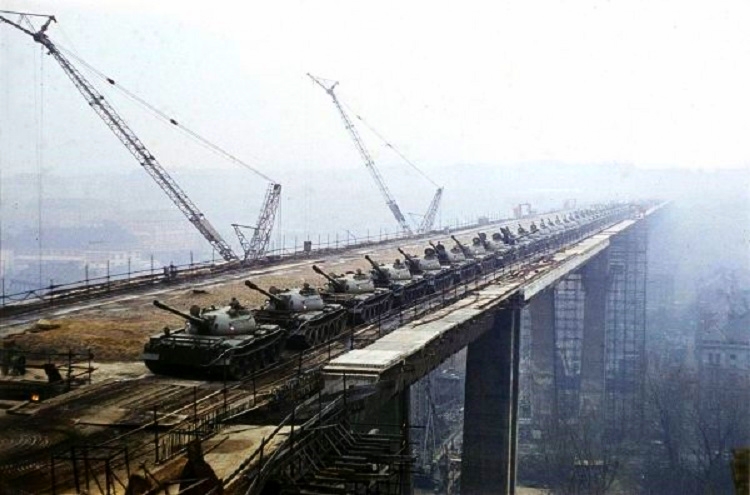
Of course, the photos of this test look unbelievable and amazing.
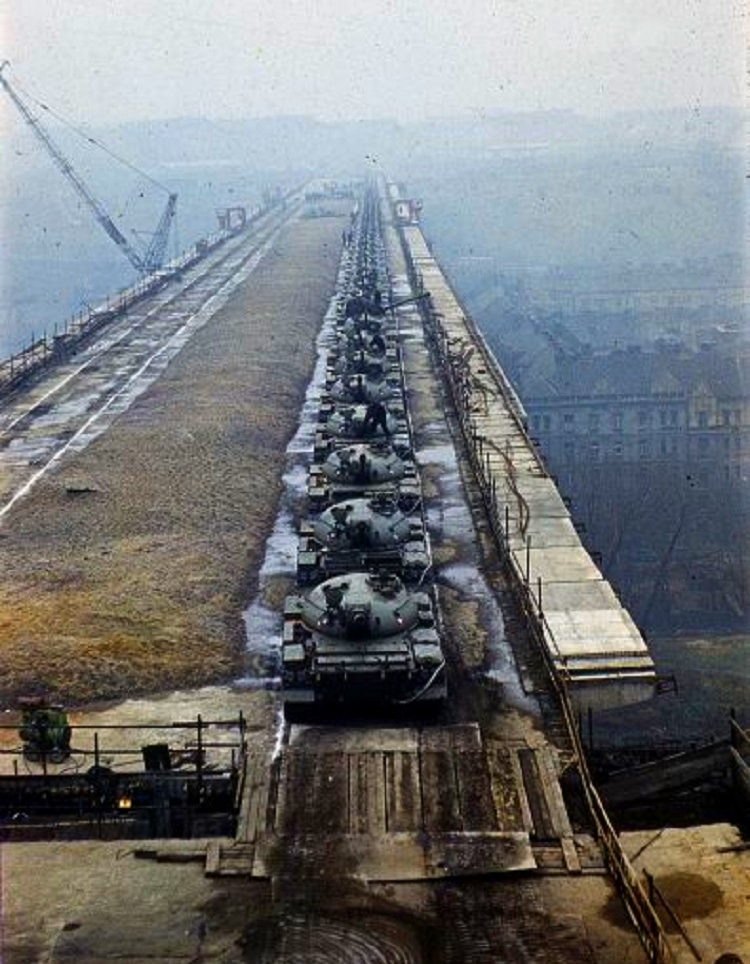
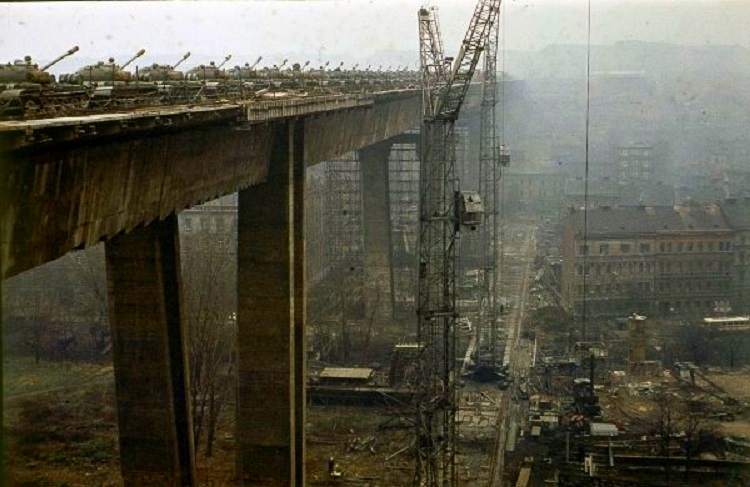
But 66 tanks could not have predicted the amounts of vehicles that travel over the bridge today.
In the late 1990s, several important repairs were made to support girders that began to crack under the strain of the metro running through the bridge’s inside.
The original design planned for much lighter trains, but Communist politicians pushed through a tender for far heavier Soviet-built trains instead. Years of use has shown and the tracks needed to be reinforced and several of the girders needed to be completely replaced.
Originally, it was said the bridge would last 100 years but now many engineers are questioning the bridge’s officially projected longevity. Officials have said it will last “decades” but it’s also possible that the bridge realistically only has about one good decade left.
Thousands of people cross this bridge each and every single day without giving it a second thought. They cross to get to work, to go home, or just to get out of the house. They travel by car, bus, or use the metro which runs conveniently along tracks inside.
The bridge has changed how Czech move around in the capital and I’m sure people cannot even imagine what life was like before the bridge.
Due to the large number of suicide jumping from the bridge (300+ people to date), a special fence 2.7 meters high was built in the 90s to try to stop the jumpers from plummeting to their deaths (and rooftops, streets and pedestrians below).
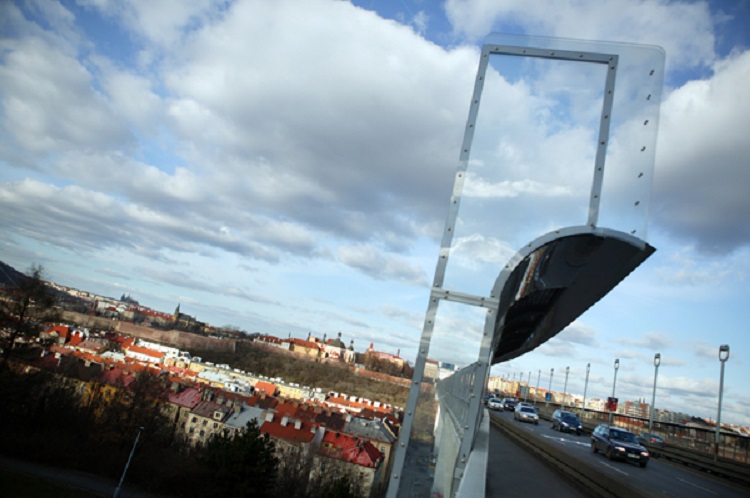
Photo: Tyden
Additional safety measures have also been added, but these have done little to diminish the bridge’s eerie reputation or to stop mostly young people from ending their lives.
Dedicated to the memory of the victims is a monument which is located below in Folimanka park. Artist Kristof Kintera created the work entitled “Of One’s Own Volition”. It consists of a modified street lamp, which is turning its light in an upward direction from its location beneath the Nusle Bridge in Prague, Czech Republic.
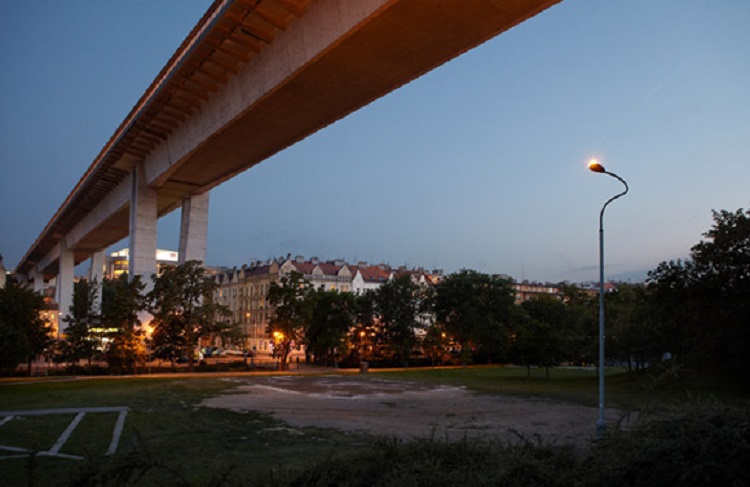
Employing a very minimalistic sculptural gesture, the work invites passers-by to turn their eyes upwards and spend a quiet moment contemplating life’s ups and downs, which in certain tragic cases cause people to make irreversible decisions.
Source: Smartage, Art Agenda, Wikipedia, Denik
Thank you for your support – We appreciate you more than you know!
We know that you could spend hours, days, weeks and months finding some of this information yourselves – but at this website, we curate the best of what we find for you and place it easily and conveniently into one place. Please take a moment today to recognize our efforts and make a donation towards the operational costs of this site – your support keeps the site alive and keeps us searching for the best of our heritage to bring to you.
Remember, we rely solely on your donations to keep the project going.
Thank you in advance!
If you have not already subscribed to get TresBohemes.com delivered to your inbox, please use the form below now so you never miss another post.




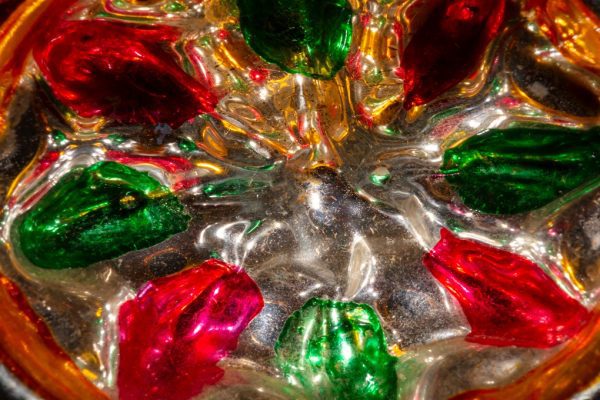

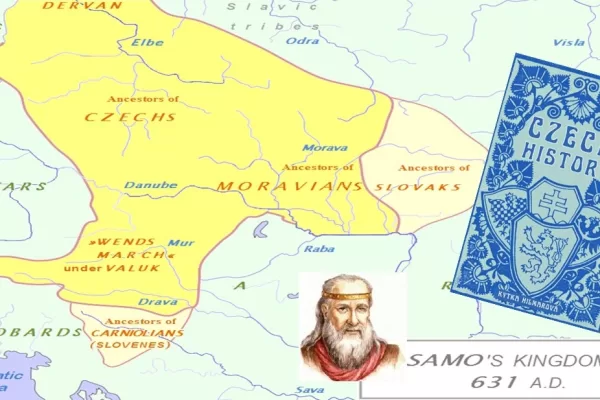















Wow, superb photographs! The full look of your site is fantastic, let alone the content! I’m bookmarking your site.
I grew up near this bridge and heard of the many suicides. Seeing those tanks on there is just as frightening.
Hello, I enjoy reading all of your articles. I wanted to write a little comment to support you.
Those Russian tanks are a terrifying sight even today, especially today.
These images make the hair stand on the back of my neck. I remember it all too well.